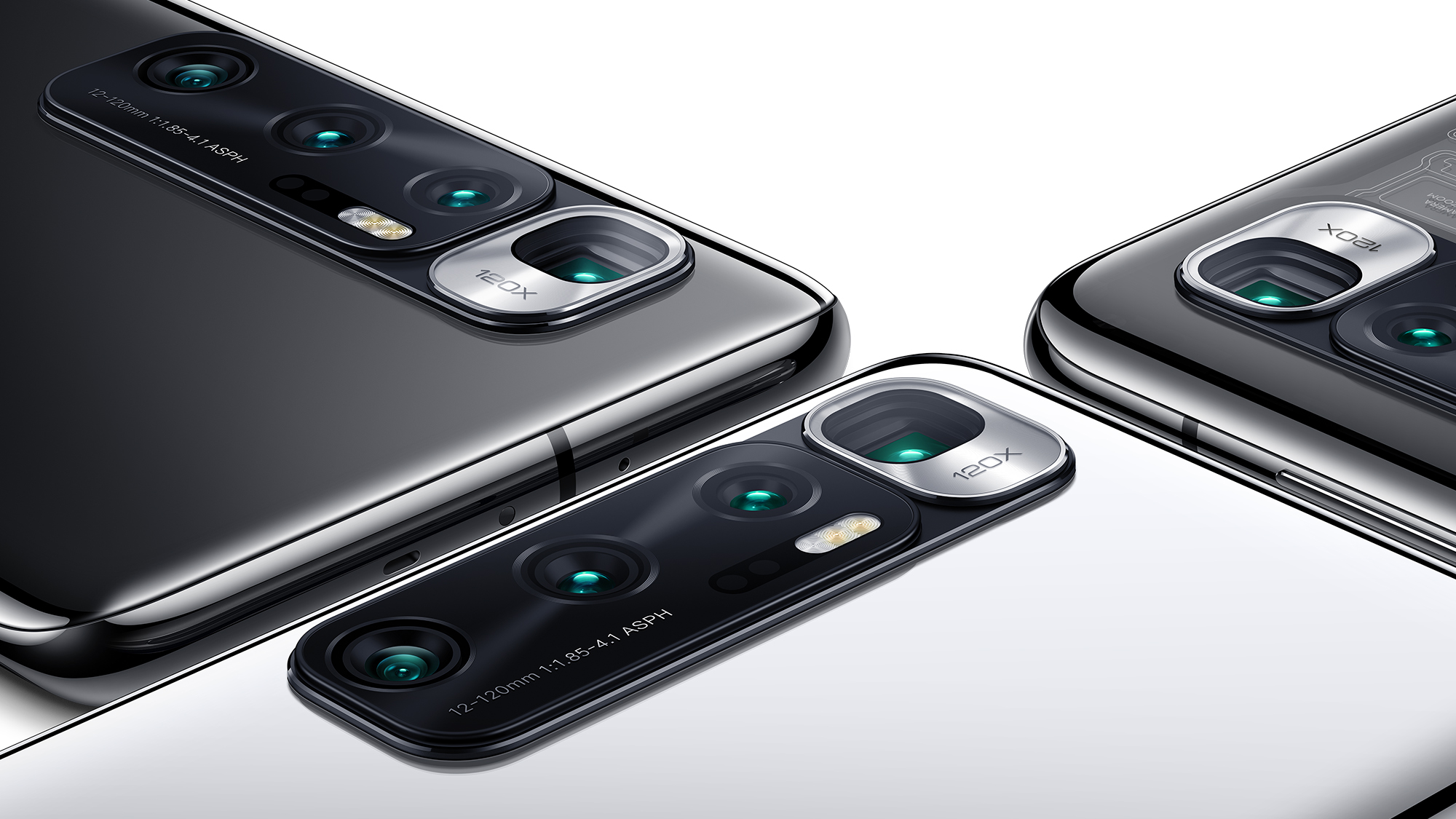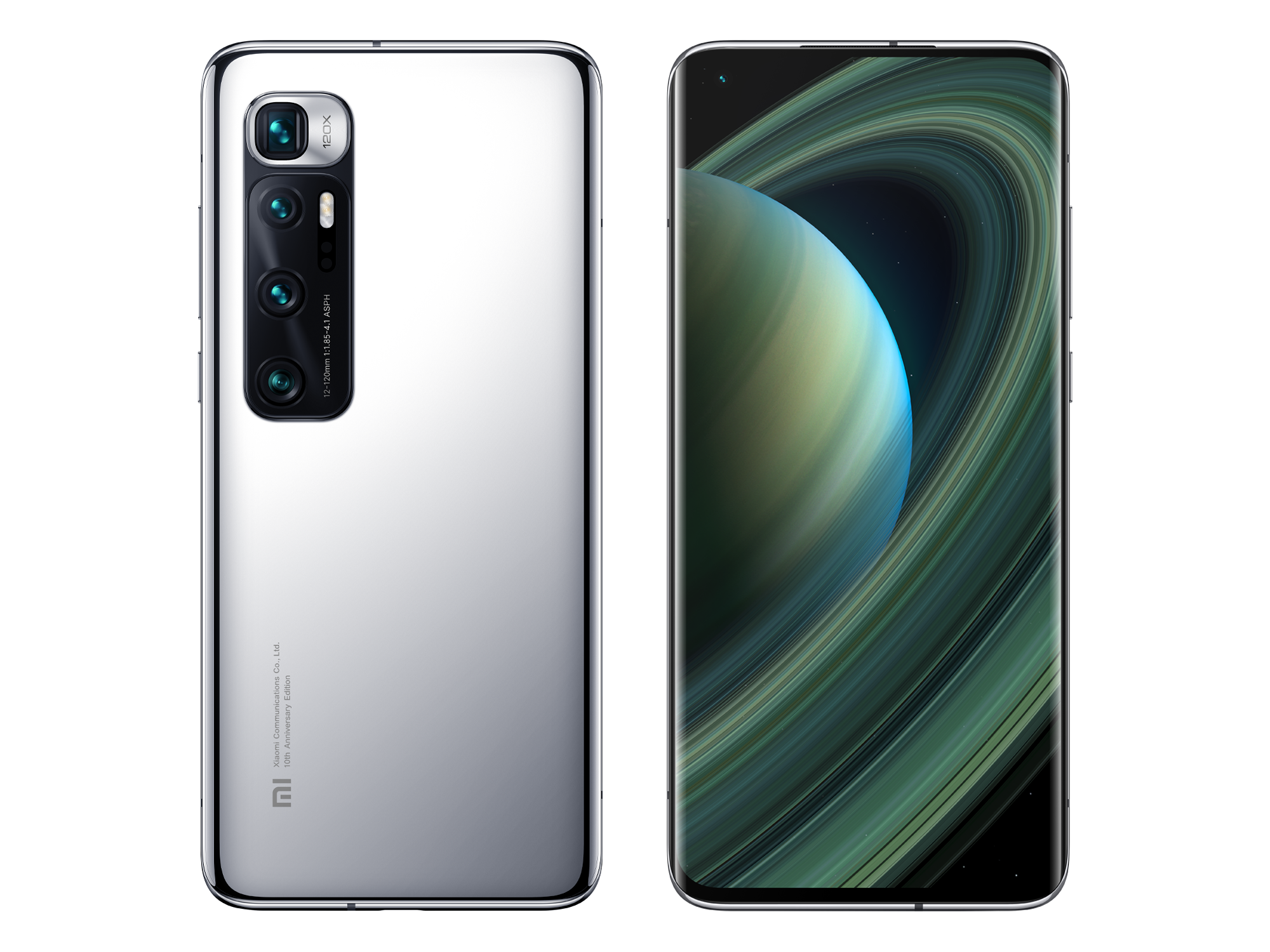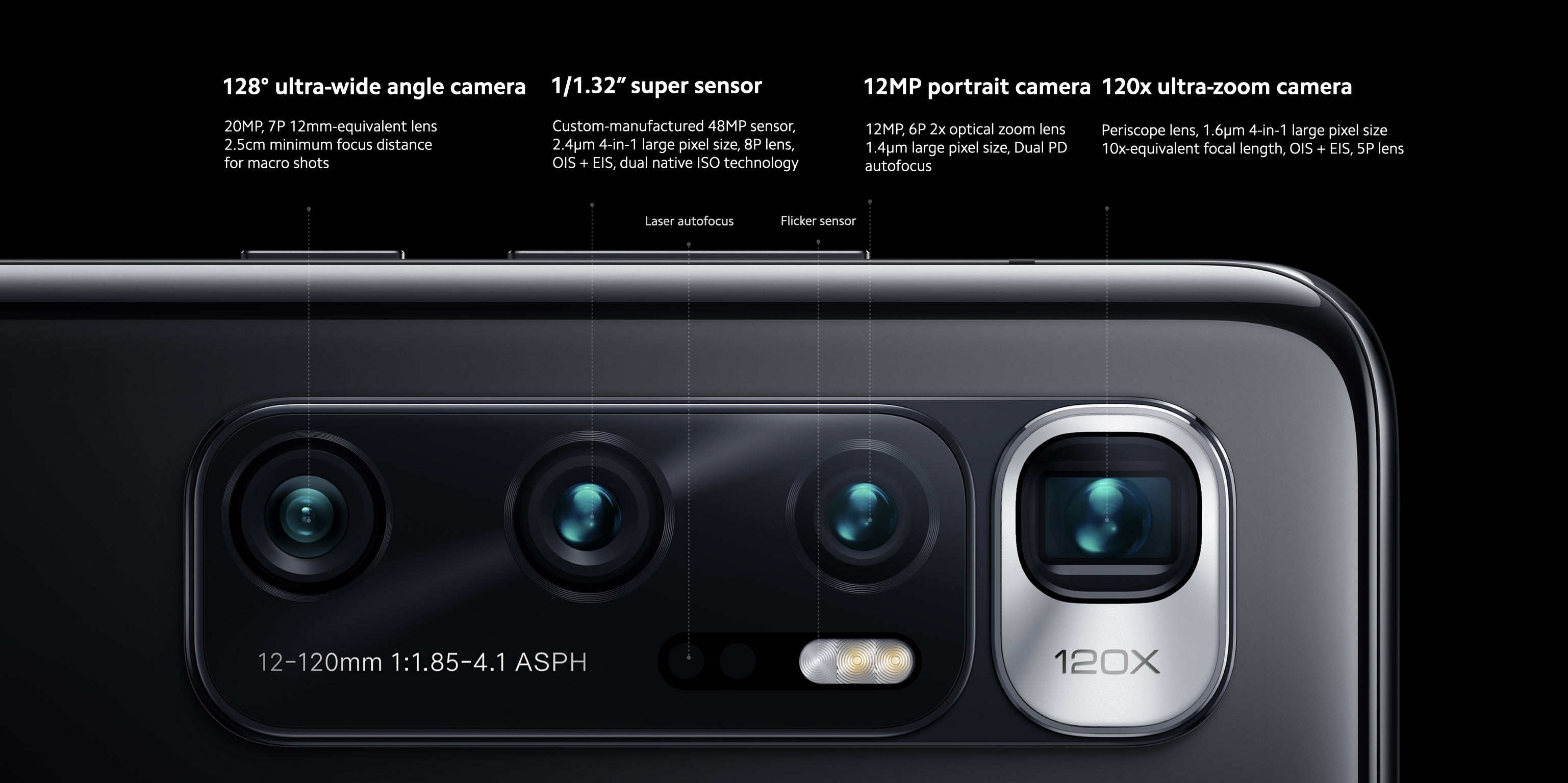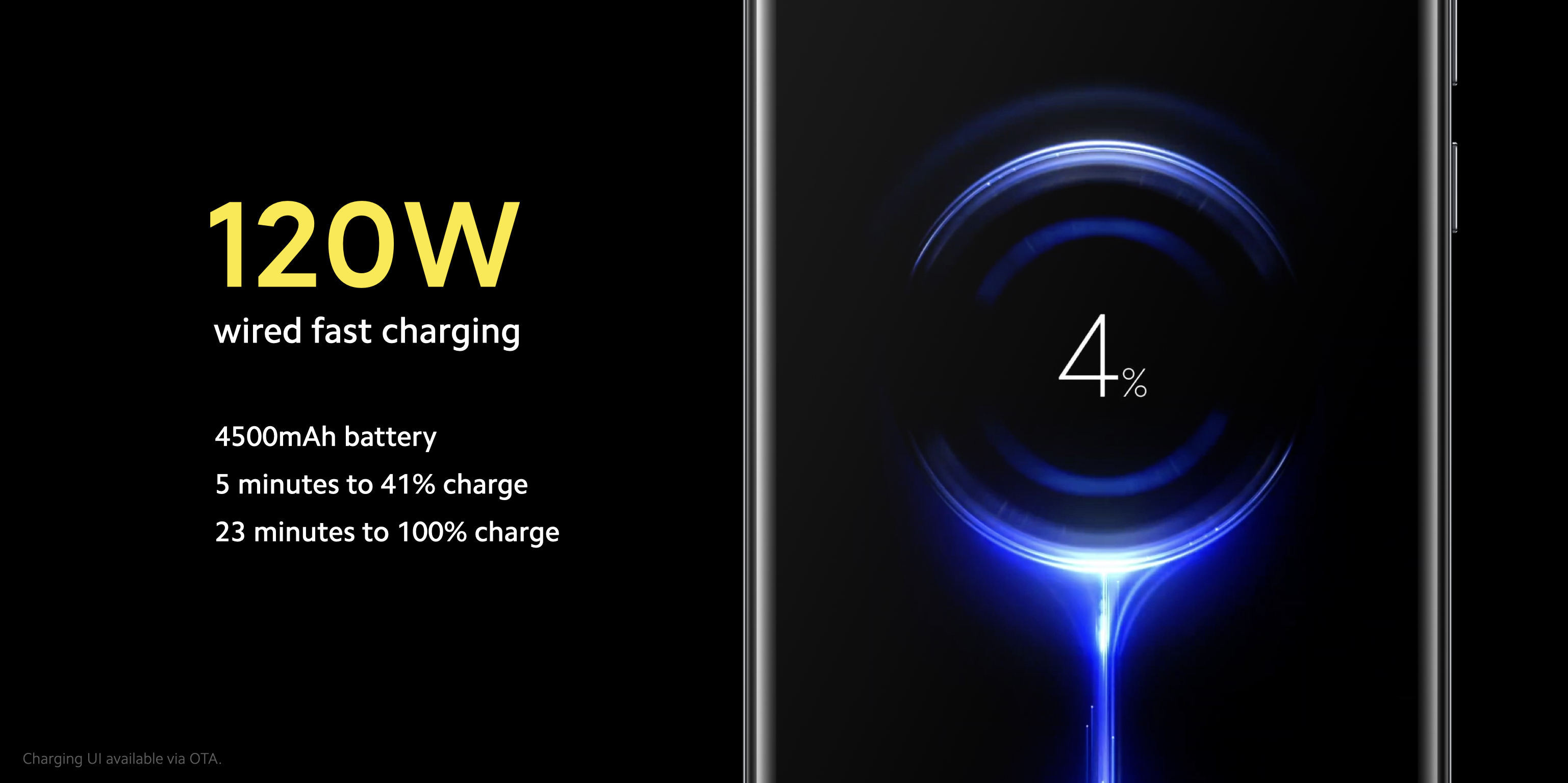Xiaomi Mi 10 Ultra release date, price, specs and camera
The Mi 10 Ultra could be a new surprise rival for Samsung and OnePlus

Xiaomi's Mi 10 Ultra is a new premium Android phone that should have phones like the Samsung Galaxy S20 Ultra or the OnePlus 8 Pro nervous.
This phone takes the Xiaomi Mi 10 Pro as its base while upgrading several key components, resulting in a phone with class-leading specs like 120x maximum zoom and 120W charging. While the cost and availability is uncertain for British and American customers, the Xiaomi Mi 10 Ultra could end up being one of the best phones released this year.
- Xiaomi Mi 10 Pro 5G review
- Check out our early Samsung Galaxy S20 Ultra review
- Just in: Motorola Razr 2 coming next month to battle Galaxy Z Fold 2
Here's everything you need to know about the Mi 10 Ultra, including its price, release date, specs and more.
Display: 6.67-inch FHD+ OLED with 120Hz refresh rate
Rear cameras: 48MP main, 20MP ultra-wide, 48MP 5x telephoto, 12MP 2x portrait telephoto
Front camera: 20MP
Chipset: Snapdragon 865
RAM: 8GB/12GB/16GB
Storage: 128GB/256GB/512GB
Battery: 4,500 mAh
Charging: 120W wired, 50W wireless, 10W reverse wireless
Size: 6.39 x 2.95 x 0.37 inches (162.38 x 75.04 x 9.45mm)
Weight: 7.8 ounces (222g)
Xiaomi Mi 10 Ultra price and release date
The Mi 10 Ultra was announced on August 11 in China as part of Xiaomi's 10-year anniversary celebrations. It'll be available for purchase from August 16, 2020 in mainland China, but there's no news of availability beyond there yet.
We don't expect to see the Mi 10 Ultra on sale in the U.S. as Xiaomi has yet to start selling its devices in the region. The UK does get Xiaomi phones, but it has yet to see even the normal Mi 10 series go on sale. So it's uncertain when, if ever, the Mi 10 Ultra will arrive.
There are four different RAM/storage combinations to pick from: 8GB/128GB, 8GB/256GB, 12GB/256GB, and 16GB/512GB. The prices of these, with their rough USD/GBP conversions, are 5,299 yuan ($762/£584), 5,599 yuan ($805/£617), 5,999 yuan ($863/£661), and 6,999 yuan ($1,007/£771) respectively.
Considering the Mi 10 Pro already sells for €999 ($1,080, £870) in Europe, it's likely that the real price of the Mi 10 Ultra will be significantly higher when it does go on sale. We'd expect something around the $1,300 to 1,400 mark.
Sign up to get the BEST of Tom's Guide direct to your inbox.
Get instant access to breaking news, the hottest reviews, great deals and helpful tips.
Xiaomi Mi 10 Ultra design
The Mi 10 Ultra is an attractive but fairly conventional-looking 2020 Android phone. On the front you have a punch-hole camera, embedded in the top left corner of a full screen display. The left and right edges of the display curve over and around the sides, which looks nice even if it's not always comfortable for users, and can lead to accidental screen taps.

The back is all about the camera module. Organized in a vertical line on the left side, there are four sensors and a flash module encased in black, with the headlining 120x zoom camera also getting a silver trim to help show it off.
For colors, you can choose between Obsidian Black and Mercury Silver. There's also a Transparent Edition, which is a slightly misleading name. Rather than letting you see the components beneath the phone's back panel, Xiaomi has instead traced them onto the panel, giving a more abstract look at the internal parts such as the NFC and wireless charging coils.
Xiaomi Mi 10 Ultra display
With a curved 6.67-inch AMOLED panel, the Mi 10 Ultra shares almost identical specs to the Mi 10 Pro, at a slightly smaller size than the 6.8 to 6.9 inches of the competition's displays. Where it differs is that it gets a 120Hz refresh rate, up from the Pro's 90Hz, a small vertical resolution increase and HDR10+ and 10-bit color for more vivid rendering of videos and such.
The 1080 x 2400 resolution means the Mi 10 Ultra is still an FHD+ phone, rather than the 4K displays seen on the S20 series, Note 20 Ultra and OnePlus 8 Pro. However, since 4K plus 120Hz equals short battery life, users might understand Xiaomi's reluctance to go all-out with the screen in order to keep the phone going for longer between visits from the charging cable.
Xiaomi Mi 10 Ultra camera
Going down the camera specs, it might seem like the Mi 10 Ultra's had a downgrade. It uses a 48MP sensor in its main camera, rather than the 108MP sensor from the Mi 10 Pro. Although that gives it an on-paper disadvantage to the lower-spec model, as well as Samsung's Galaxy S20 Ultra and Galaxy Note 20 Ultra, Xiaomi is claiming that the "four-in-one Super Pixel" pixel-binning tech in this camera will lead to excellent low-light performance. Besides, the enormous 108MP cameras have proven tricky to use on phones in the past, so going to 48MP is likely a more stable bet.

The Mi 10 Ultra's 20MP ultra-wide and 12MP 2x zoom portrait cameras are the same as the ones used on the Mi 10 Pro. The big difference is the new 48MP 5x zoom telephoto camera, which can apparently achieve 120x max magnification. That's a full 20% more than the 100x Space Zoom on the Galaxy S20 Ultra, the previous champion of smartphone zoom tech.
To persuade potential customers of the sensors' quality, Xiaomi gave a handset to phone camera reviewers DXOMark for evaluation, where it scored a chart-topping 130 points and beat the Huawei P40 Pro. DXOMark hasn't got around to reviewing the Note 20 Ultra yet, which we'd expect to do well. But nonetheless, it's an impressive achievement.
Xiaomi Mi 10 Ultra specs
For its chipset, the Mi 10 Ultra uses the same Snapdragon 865 as the rest of the Mi 10 series. Xiaomi has decided to not use the Snapdragon 865 Plus, which may cost it some performance compared to newer Android flagships. All the same, the 865 chip means sub-6Ghz 5G is a given, with mmWave 5G also an option. But China is a sub-6GHz country, as are India most of the European nations where Xiaomi also sees a large numbers of sales.
For software, expect Xiaomi's MIUI 12 version of Android 10. It's not one of our preferred Android skins since it adds so much on top of the stock experience, but it's still attractive to look at with a heavy focus on keeping the device optimized by running only the most essential apps.
For RAM and storage, there are four options, the smallest being 8GB/128GB and the largest being 16GB/512GB. That hopefully means plenty of speed and space for whatever tasks you would want to use the phone for.
Xiaomi Mi 10 Ultra battery
The 4,500 mAh capacity of the Mi 10 Ultra sounds like it's the same cell from the Mi 10 Pro, but that's not the case. The Mi 10 Ultra actually contains two cells with the same combined capacity. The reason for this is so the phone can support the new 120W Mi Turbo Charge standard, which Xiaomi claims will fill the phone to the brim in 23 minutes. That's hugely fast compared to most other fast chargers around. Samsung's 25W bricks and OnePlus' 30W chargers are respectable, but they have nothing on this.

The head-spinning speeds don't stop there. There's also 50W wireless charging featured on the Mi 10 Ultra, capable of a 100% charge in 40 minutes. The best wireless charging tech we've tried is OnePlus' 30W wireless charging on the OnePlus 8 Pro, but again Xiaomi has broken records.
Finally, there's 10W reverse wireless charging. This will let you power up any wireless earbuds, smartwatches or other compatible wirelessly charging accessories you have from the Mi 10 Ultra's battery, which could prove to be a life-saver in a pinch.
Xiaomi Mi 10 Ultra outlook
You can't help but respect Xiaomi for the tech it has squeezed into the Mi 10 Ultra. The charging tech is going to be class-defining assuming it works as promised, and the camera setup has great potential to beat the competition too.
However, there are some obvious downsides already visible. This is going to be a hard phone to get a hold of without buying an unlocked handset from an online auction site, making what will likely be an expensive phone even more costly.
Combined with Xiaomi's decision to keep the phone's display at an FHD resolution, and its chipset as the basic Snapdragon 865 we may see the phone stumble in comparisons with the Galaxy Note 20 Ultra and the upcoming OnePlus 8T. Still, this is a great-looking phone with which to celebrate the company's 10 years of operation, and we're curious to see how all these components work together in real life when we test it.

Richard is based in London, covering news, reviews and how-tos for phones, tablets, gaming, and whatever else people need advice on. Following on from his MA in Magazine Journalism at the University of Sheffield, he's also written for WIRED U.K., The Register and Creative Bloq. When not at work, he's likely thinking about how to brew the perfect cup of specialty coffee.
